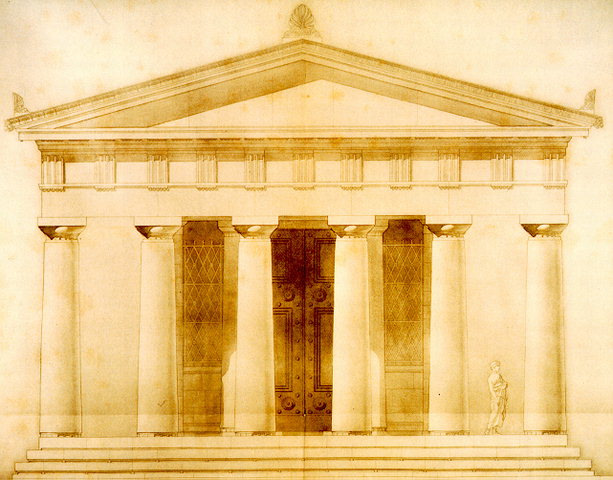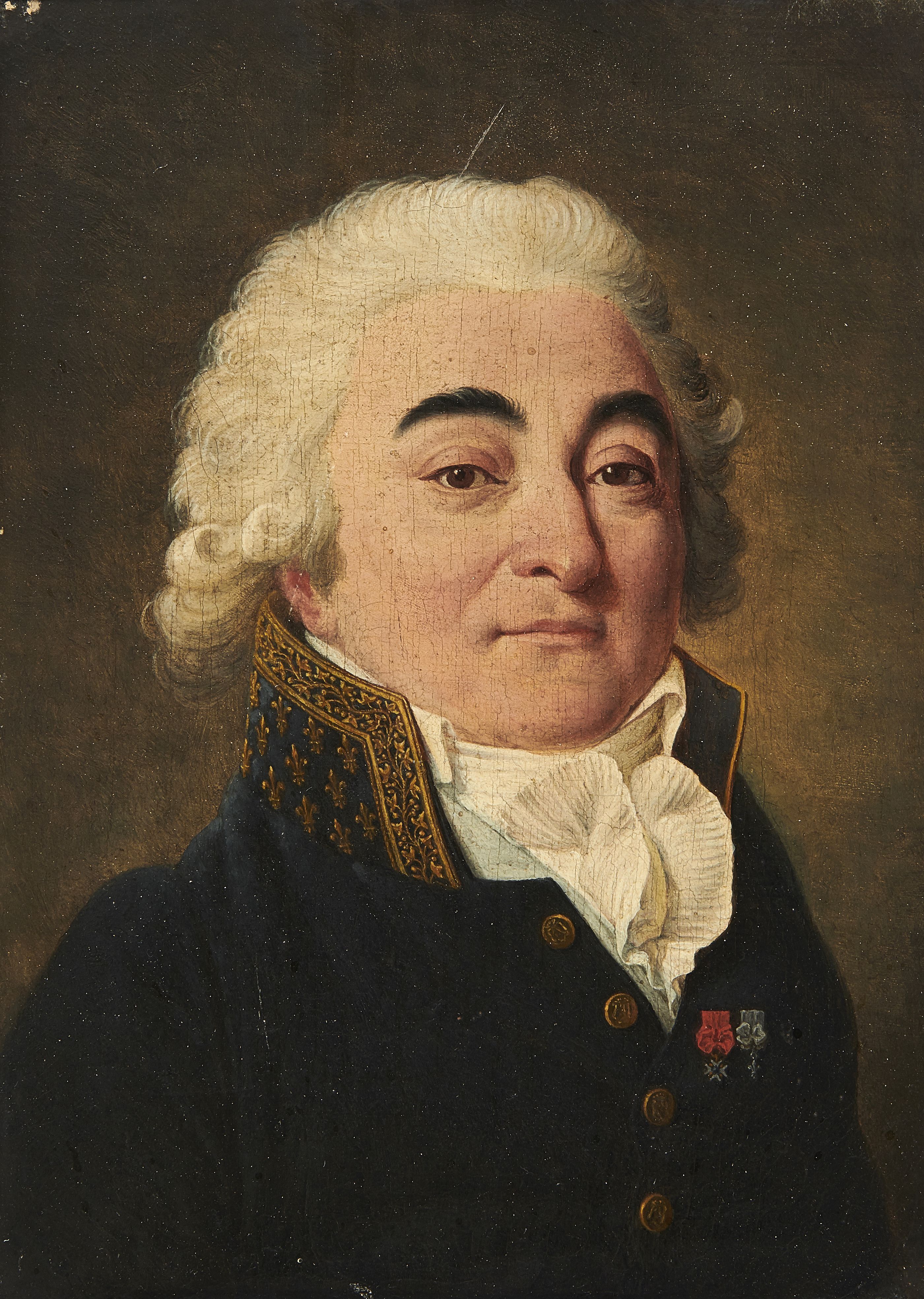|
Choiseul-Gouffier Apollo
The ''Choiseul-Gouffier Apollo'' is a lifesize (1.82 m tall) marble statue formerly in the collection of the comte Marie-Gabriel-Florent-Auguste de Choiseul-Gouffier (1752–1817), member of the Académie Française An academy (Attic Greek: Ἀκαδήμεια; Koine Greek Ἀκαδημία) is an institution of secondary education, secondary or tertiary education, tertiary higher education, higher learning (and generally also research or honorary membershi ... and French ambassador to the Sublime Porte from 1784 until the fall of the monarchy. It is now conserved in the British Museum.Inv. no. 209. The nude sculpture of a naked youth, perhaps representing the god Apollo or a victorious athlete, is an Imperial Roman copy, dated 1st century AD, of a Greek bronze original that would have dated, judging from its style, about 460–450 BCE. The sculpture retains characteristic traits of bronze work translated into marble, such as the carving of the locks of hair, which on ... [...More Info...] [...Related Items...] OR: [Wikipedia] [Google] [Baidu] |
Apollo Choiseul-Gouffier BM Sculpture 209 N01
Apollo, grc, Ἀπόλλωνος, Apóllōnos, label=genitive , ; , grc-dor, Ἀπέλλων, Apéllōn, ; grc, Ἀπείλων, Apeílōn, label=Arcadocypriot Greek, ; grc-aeo, Ἄπλουν, Áploun, la, Apollō, la, Apollinis, label=genitive, , ; , is one of the Twelve Olympians, Olympian deities in Ancient Greek religion, classical Greek and Ancient Roman religion, Roman religion and Greek mythology, Greek and Roman mythology. The national divinity of the Greeks, Apollo has been recognized as a god of archery, music and dance, truth and prophecy, healing and diseases, the Sun and light, poetry, and more. One of the most important and complex of the Greek gods, he is the son of Zeus and Leto, and the twin brother of Artemis, goddess of the hunt. Seen as the most beautiful god and the ideal of the ''kouros'' (ephebe, or a beardless, athletic youth), Apollo is considered to be the most Greek of all the gods. Apollo is known in Greek-influenced Etruscan mythology as ' ... [...More Info...] [...Related Items...] OR: [Wikipedia] [Google] [Baidu] |
Marie-Gabriel-Florent-Auguste De Choiseul-Gouffier
Marie-Gabriel-Florent-Auguste de Choiseul (27 September 1752, Paris – 20 June 1817, Aix-la-Chapelle), called Auguste de Choiseul-Gouffier (), was a French diplomat and aristocrat from the Gouffier branch of the Choiseul family. A member of the Académie française, he served as French ambassador to the Ottoman Empire from 1784 until the fall of the French monarchy and a scholar of ancient Greece. Biography Right from his studies at the collège d'Harcourt, he had a passion for antiquities. He was particularly marked by frequent meetings with Jean-Jacques Barthélemy, author of ''Voyage d'Anarcharsis'', whom he met at the home of his cousin the duc de Choiseul. Another friend was Talleyrand, with whom he participated in court intrigues and by whom he was dissuaded from taking up the religious life. In 1776, he left for Greece on board the frigate ''Atalante'', commanded by Joseph Bernard de Chabert, marquis of Chabert, who was interested in astronomy. With painters and a ... [...More Info...] [...Related Items...] OR: [Wikipedia] [Google] [Baidu] |
Académie Française
An academy (Attic Greek: Ἀκαδήμεια; Koine Greek Ἀκαδημία) is an institution of secondary education, secondary or tertiary education, tertiary higher education, higher learning (and generally also research or honorary membership). The name traces back to Plato's school of philosophy, founded approximately 385 BC at Akademia, a sanctuary of Athena, the goddess of wisdom and Skills, skill, north of Ancient Athens, Athens, Greece. Etymology The word comes from the ''Academy'' in ancient Greece, which derives from the Athenian hero, ''Akademos''. Outside the city walls of Athens, the Gymnasium (ancient Greece), gymnasium was made famous by Plato as a center of learning. The sacred space, dedicated to the goddess of wisdom, Athena, had formerly been an olive Grove (nature), grove, hence the expression "the groves of Academe". In these gardens, the philosopher Plato conversed with followers. Plato developed his sessions into a method of teaching philosophy and in 3 ... [...More Info...] [...Related Items...] OR: [Wikipedia] [Google] [Baidu] |
Sublime Porte
The Sublime Porte, also known as the Ottoman Porte or High Porte ( ota, باب عالی, Bāb-ı Ālī or ''Babıali'', from ar, باب, bāb, gate and , , ), was a synecdoche for the central government of the Ottoman Empire. History The name has its origins in the old practice in which the ruler announced his official decisions and judgements at the gate of his palace. This was the practice in the Byzantine Empire and it was also adopted by Ottoman Turk sultans since Orhan I, and therefore the palace of the sultan, or the gate leading to it, became known as the "High Gate". This name referred first to a palace in Bursa, Turkey. After the Ottomans had conquered Constantinople, now Istanbul, the gate now known as the Imperial Gate ( tr, Bâb-ı Hümâyûn), leading to the outermost courtyard of the Topkapı Palace, first became known as the "High Gate", or the "Sublime Porte". When Sultan Suleiman the Magnificent sealed an alliance with King Francis I of France in 1536, ... [...More Info...] [...Related Items...] OR: [Wikipedia] [Google] [Baidu] |
Sculptures Of Apollo
Sculpture is the branch of the visual arts that operates in three dimensions. Sculpture is the three-dimensional art work which is physically presented in the dimensions of height, width and depth. It is one of the plastic arts. Durable sculptural processes originally used carving (the removal of material) and modelling (the addition of material, as clay), in stone, metal, ceramics, wood and other materials but, since Modernism, there has been an almost complete freedom of materials and process. A wide variety of materials may be worked by removal such as carving, assembled by welding or modelling, or moulded or cast. Sculpture in stone survives far better than works of art in perishable materials, and often represents the majority of the surviving works (other than pottery) from ancient cultures, though conversely traditions of sculpture in wood may have vanished almost entirely. However, most ancient sculpture was brightly painted, and this has been lost. [...More Info...] [...Related Items...] OR: [Wikipedia] [Google] [Baidu] |
Ancient Greek And Roman Sculptures In The British Museum
Ancient history is a time period from the History of writing, beginning of writing and recorded human history to as far as late antiquity. The span of recorded history is roughly 5,000 years, beginning with the Sumerian language, Sumerian cuneiform script. Ancient history covers all continents inhabited by humans in the period 3000 BCAD 500. The three-age system periodizes ancient history into the Stone Age, the Bronze Age, and the Iron Age, with recorded history generally considered to begin with the Bronze Age. The start and end of the three ages varies between world regions. In many regions the Bronze Age is generally considered to begin a few centuries prior to 3000 BC, while the end of the Iron Age varies from the early first millennium BC in some regions to the late first millennium AD in others. During the time period of ancient history, the world population was already Exponential growth, exponentially increasing due to the Neolithic Revolution, which was in full pro ... [...More Info...] [...Related Items...] OR: [Wikipedia] [Google] [Baidu] |
Roman Copies Of 5th-century BC Greek Sculptures
Roman or Romans most often refers to: *Rome, the capital city of Italy *Ancient Rome, Roman civilization from 8th century BC to 5th century AD *Roman people, the people of ancient Rome *''Epistle to the Romans'', shortened to ''Romans'', a letter in the New Testament of the Christian Bible Roman or Romans may also refer to: Arts and entertainment Music *Romans (band), a Japanese pop group * ''Roman'' (album), by Sound Horizon, 2006 * ''Roman'' (EP), by Teen Top, 2011 *"Roman (My Dear Boy)", a 2004 single by Morning Musume Film and television *Film Roman, an American animation studio * ''Roman'' (film), a 2006 American suspense-horror film * ''Romans'' (2013 film), an Indian Malayalam comedy film * ''Romans'' (2017 film), a British drama film * ''The Romans'' (''Doctor Who''), a serial in British TV series People *Roman (given name), a given name, including a list of people and fictional characters *Roman (surname), including a list of people named Roman or Romans *Ῥωμαῖ ... [...More Info...] [...Related Items...] OR: [Wikipedia] [Google] [Baidu] |
1st-century Roman Sculptures
The 1st century was the century spanning AD 1 ( I) through AD 100 ( C) according to the Julian calendar The Julian calendar, proposed by Roman consul Julius Caesar in 46 BC, was a reform of the Roman calendar. It took effect on , by edict. It was designed with the aid of Greek mathematics, Greek mathematicians and Ancient Greek astronomy, as .... It is often written as the or to distinguish it from the 1st century BC (or BCE) which preceded it. The 1st century is considered part of the Classical era, epoch, or History by period, historical period. The 1st century also saw the Christianity in the 1st century, appearance of Christianity. During this period, Europe, North Africa and the Near East fell under increasing domination by the Roman Empire, which continued expanding, most notably conquering Britain under the emperor Claudius (AD 43). The reforms introduced by Augustus during his long reign stabilized the empire after the turmoil of the previous century's civil wa ... [...More Info...] [...Related Items...] OR: [Wikipedia] [Google] [Baidu] |







